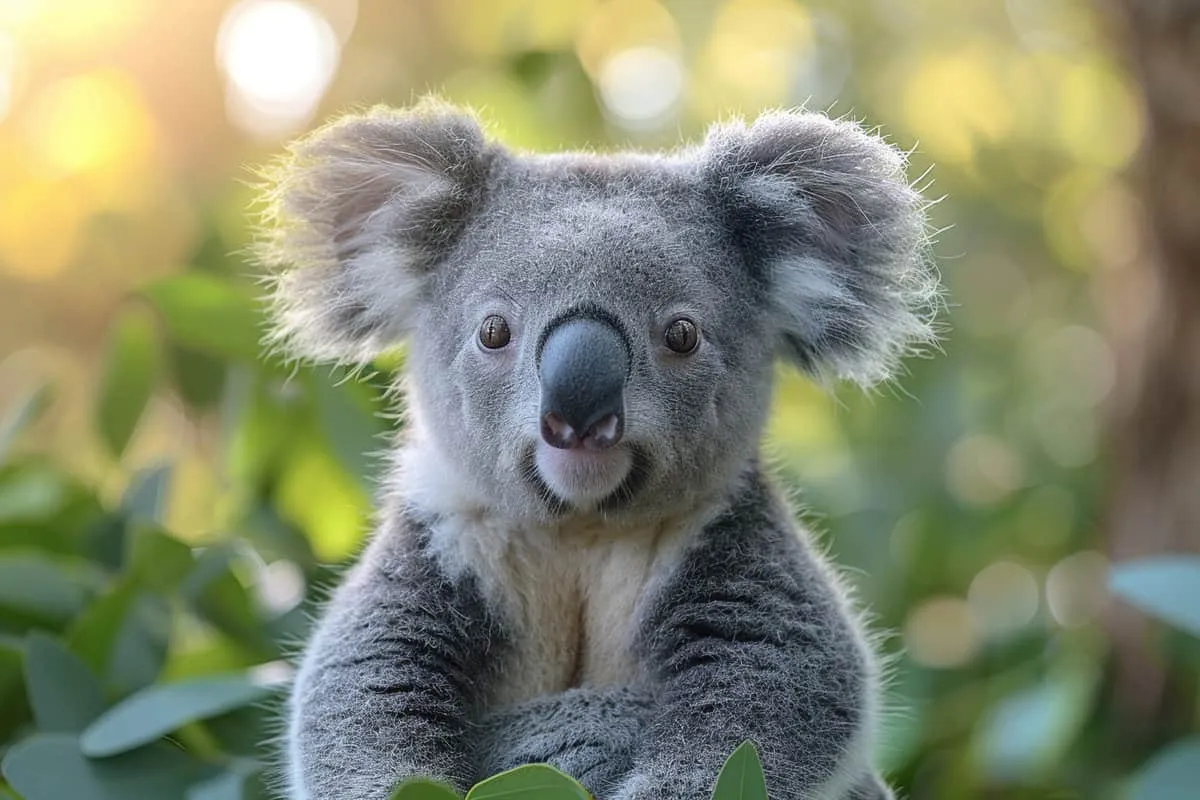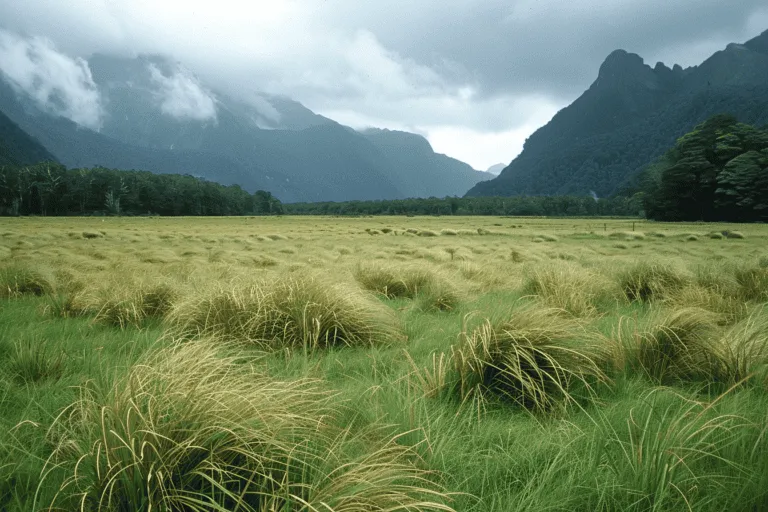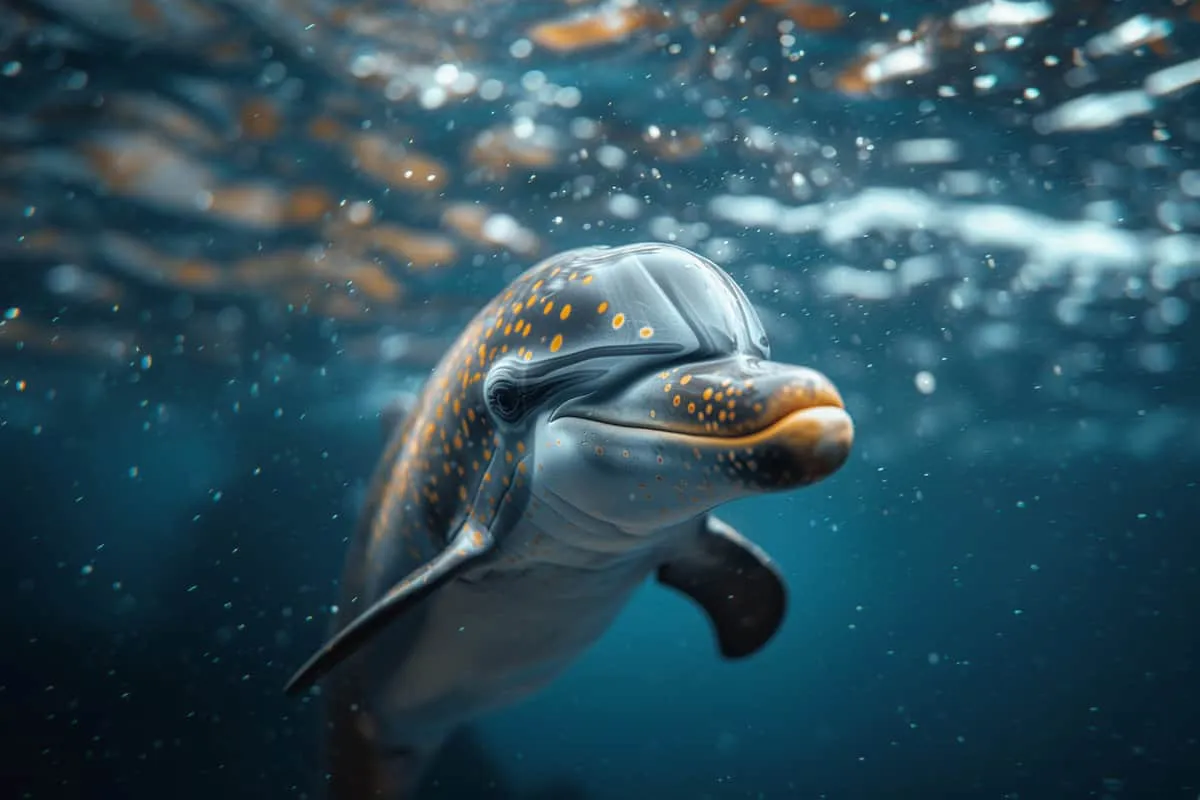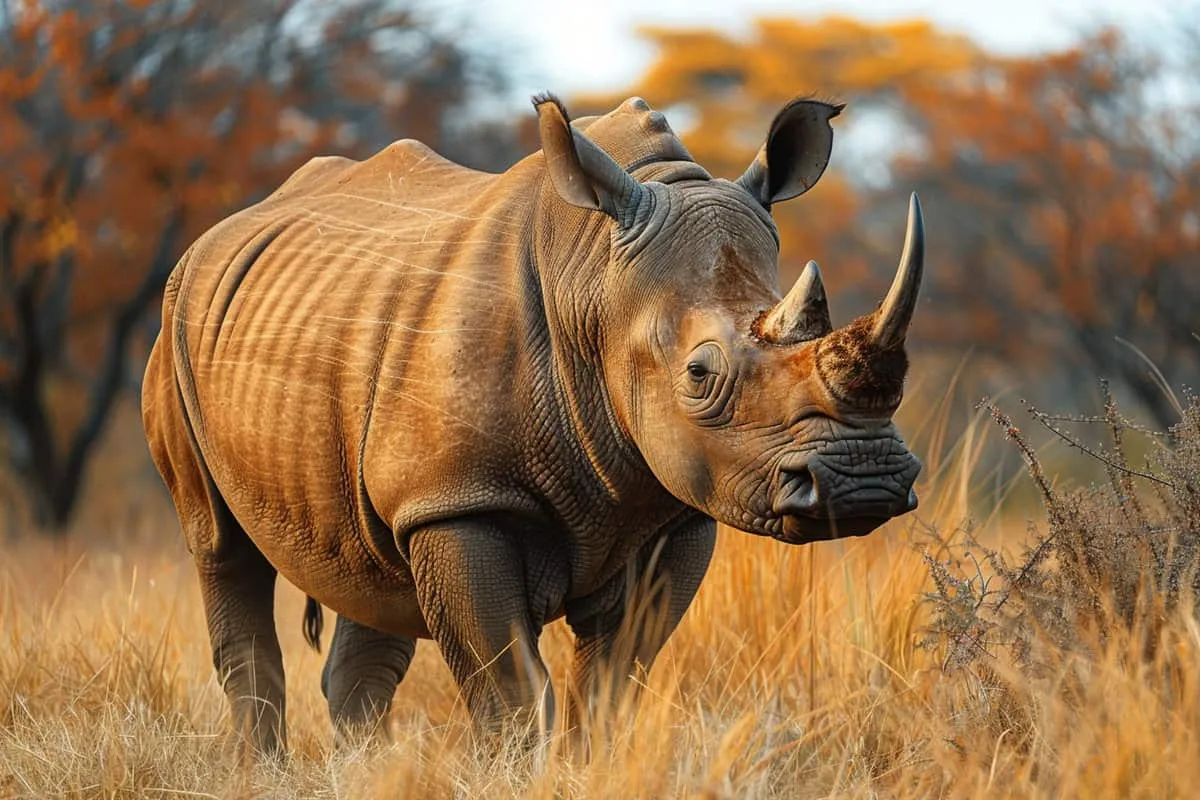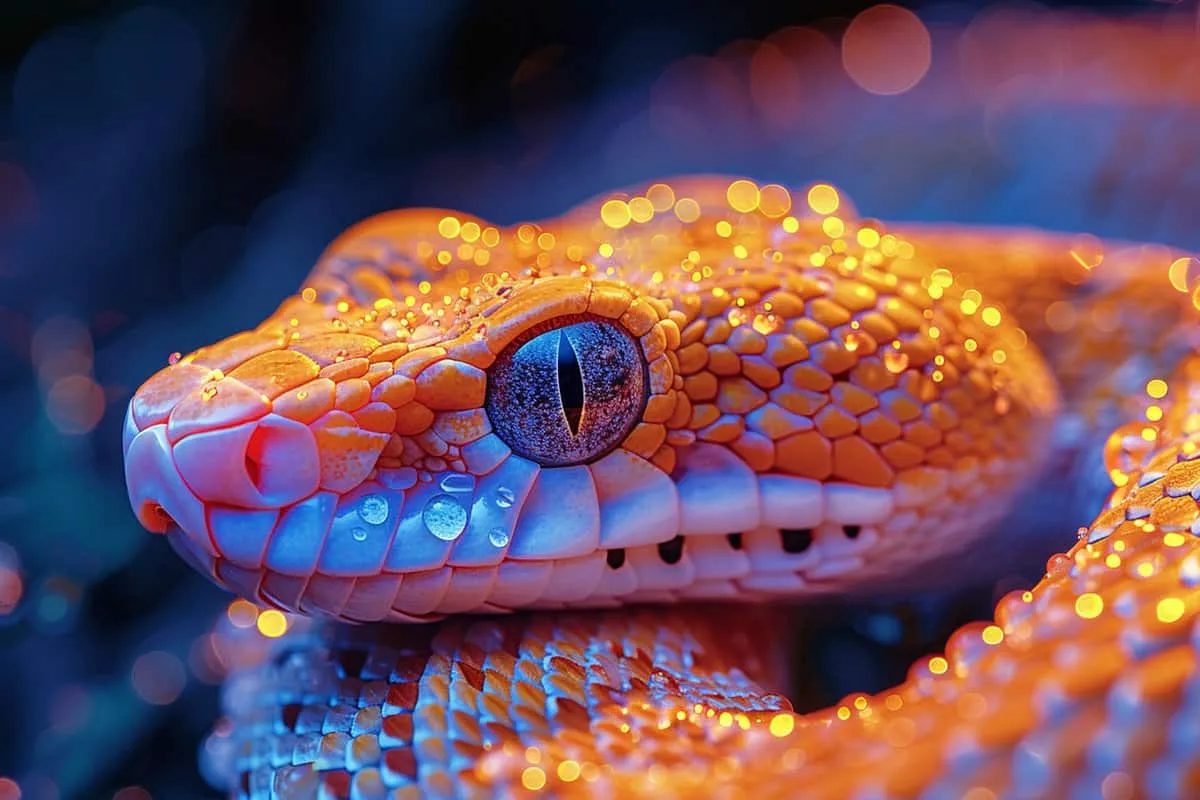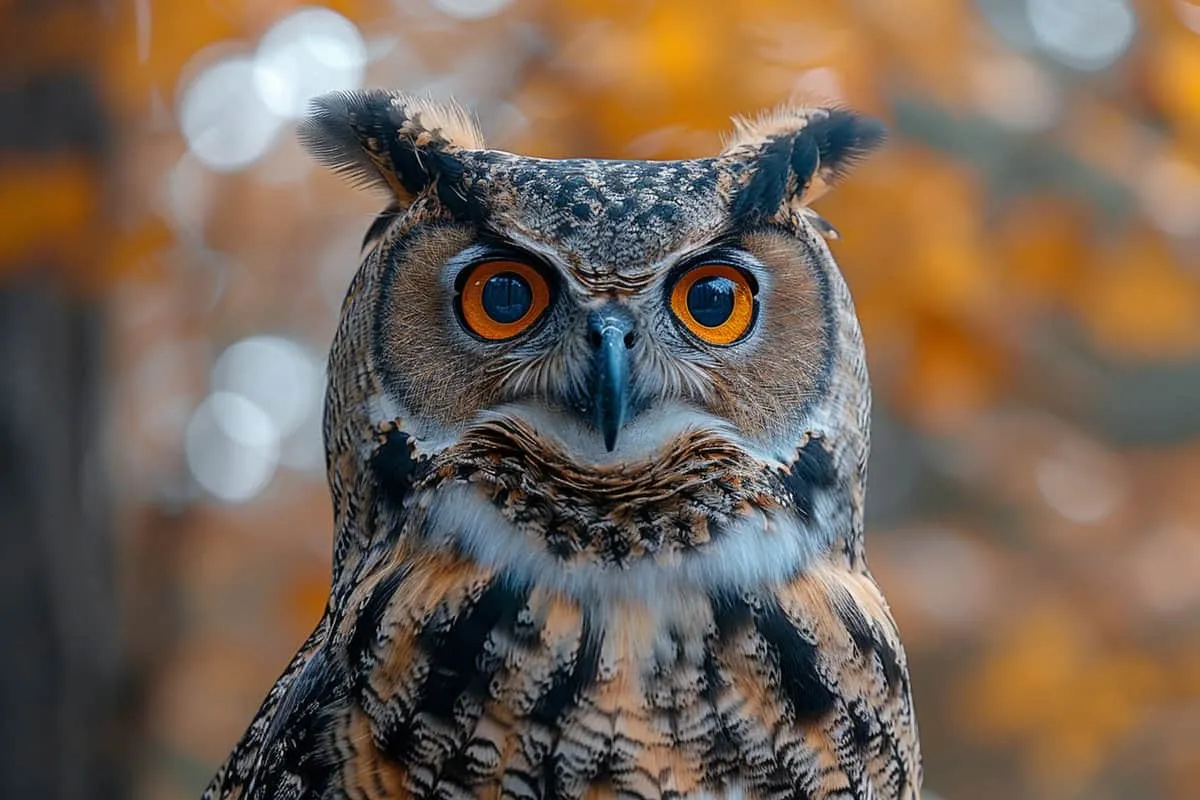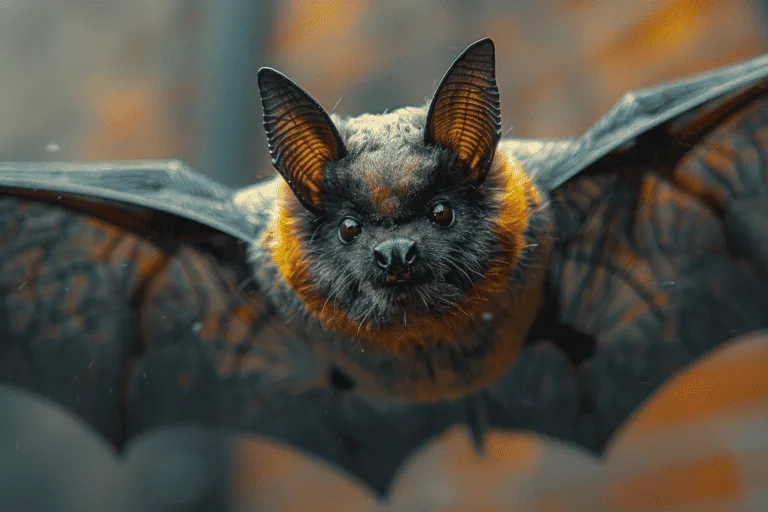10 Koala Bear Facts (Surprising Insights & Challenges)
Koalas are more than just adorable faces and cuddly bodies. They’re an intriguing part of the animal kingdom with unique habits and surprising facts.
From their picky eating habits to their distinctive fingerprints, koala bears hold a treasure trove of secrets waiting to be uncovered.
These marsupials from Down Under lead lives full of fascinating behaviors and ecological importance that often go unnoticed.
As we dive into the world of koalas, you’ll discover why these creatures are so much more than what meets the eye.
So, if you’re eager to learn about our top picks for unbelievable koala bear facts, scroll down and get ready to be amazed!
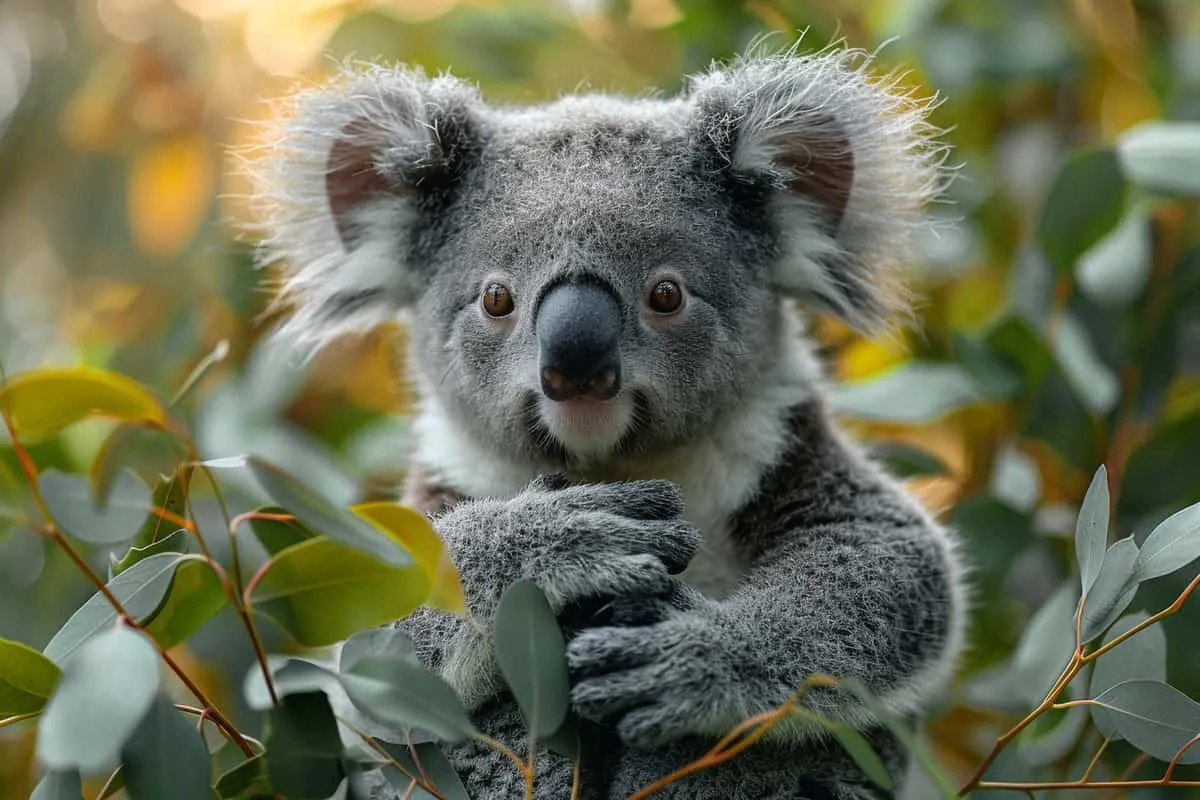
1. Koalas are not bears but marsupials.
Koalas might look like cuddly bears, but they’re actually marsupials. This means they’re more closely related to kangaroos than any bear species.
One of the coolest things about marsupials is how they care for their young. Koalas carry their babies in a pouch until they’re old enough to explore the world on their own.
Unlike bears that give birth to well-developed cubs, koala joeys are born tiny and underdeveloped. They crawl into their mother’s pouch where they continue to grow and develop fully.
This unique trait sets them apart from other mammals and highlights the fascinating diversity of nature.
The confusion between koalas and bears isn’t just a simple mix-up; it’s a common misconception based on appearance alone.
Bears are part of a completely different family known as Ursidae, which includes polar bears, grizzly bears, and others.
On the flip side, koalas share the Marsupialia order with creatures like wallabies and wombats, emphasizing an evolutionary path distinct from that of bears.
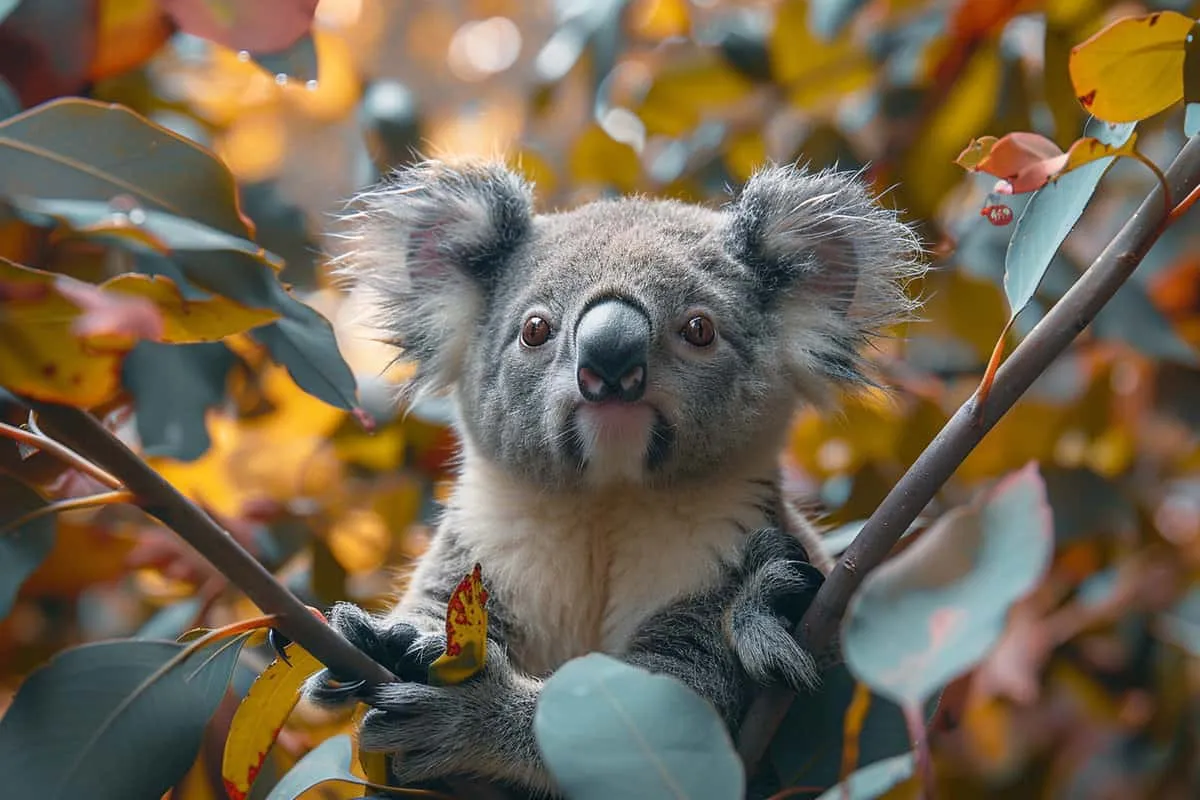
2. They sleep up to 18-22 hours a day.
Koala bears love their sleep. A lot. Imagine spending almost your entire day in dreamland! These cuddly creatures do just that, clocking in between 18 and 22 hours of shut-eye every single day.
Why so much? It’s all about their diet.
Koalas munch on eucalyptus leaves, which are low in energy. To conserve what little energy they get from their meals, koalas spend most of their time sleeping.
This way, they don’t waste energy on activities like running around or playing tag with other koalas (though that would be adorable).
When the sun goes down and the world quiets, koalas become slightly more active. But “active” for a koala still means moving at a leisurely pace from one tree branch to another or munching quietly on leaves.
Their life is pretty much an endless cycle of eating and sleeping among the treetops.
Trees are not just dining spots for these marsupials; they’re also where koalas catch their zzz’s. Safe up high from predators, they can relax without worry.
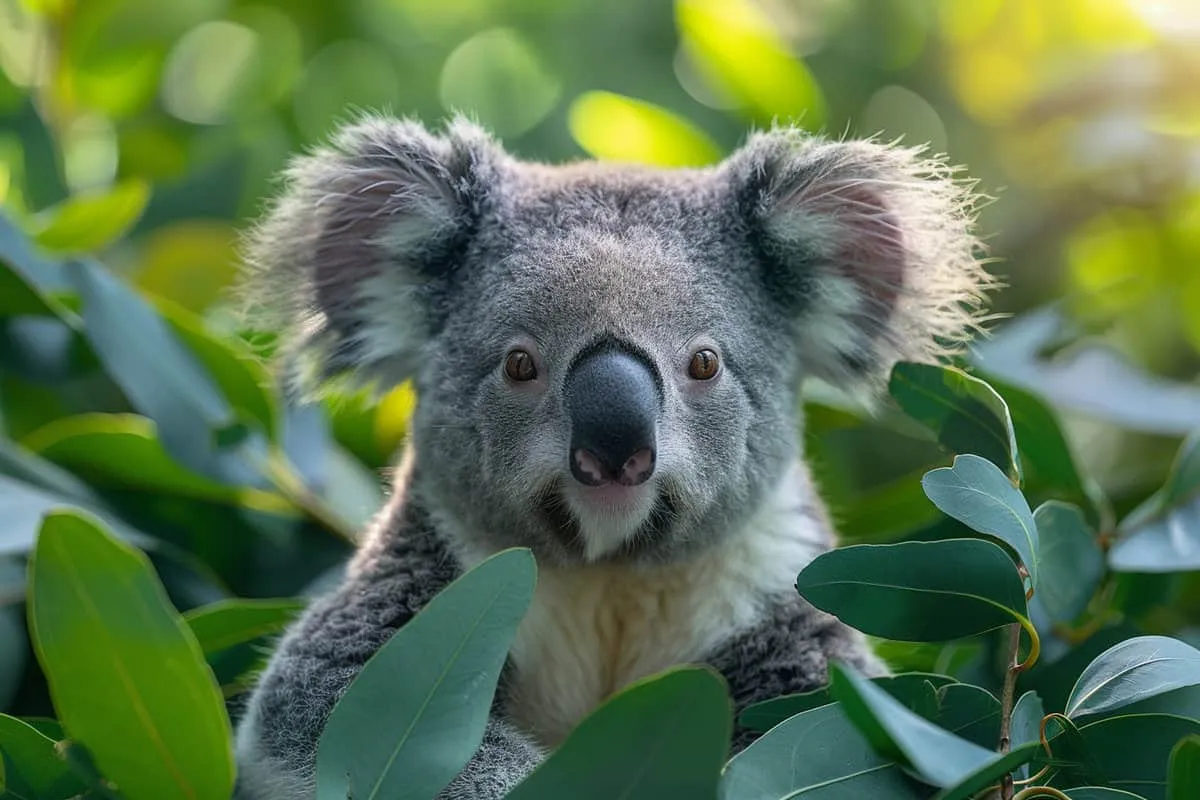
3. Koalas have unique fingerprints similar to humans.
Did you know that koalas have fingerprints? Yes, just like us! What’s even more fascinating is how their prints can easily be mistaken for a human’s.
This fact has puzzled many scientists and could potentially confuse crime scene analysis if not carefully checked.
Under the microscope, koala fingerprints show patterns remarkably similar to those of human fingers. The loops and whorls on their fingertips are so close in design to ours that even experts might need a second glance to tell them apart.
Researchers find this feature incredibly useful. Identifying individual koalas in the wild or in care becomes easier with such distinct markers.
Just imagine being able to recognize one koala from another simply by looking at their fingertips!
This similarity raises intriguing questions about evolution and the development of such characteristics across different species.
It shows us that nature often finds similar solutions for unrelated creatures living in vastly different environments.
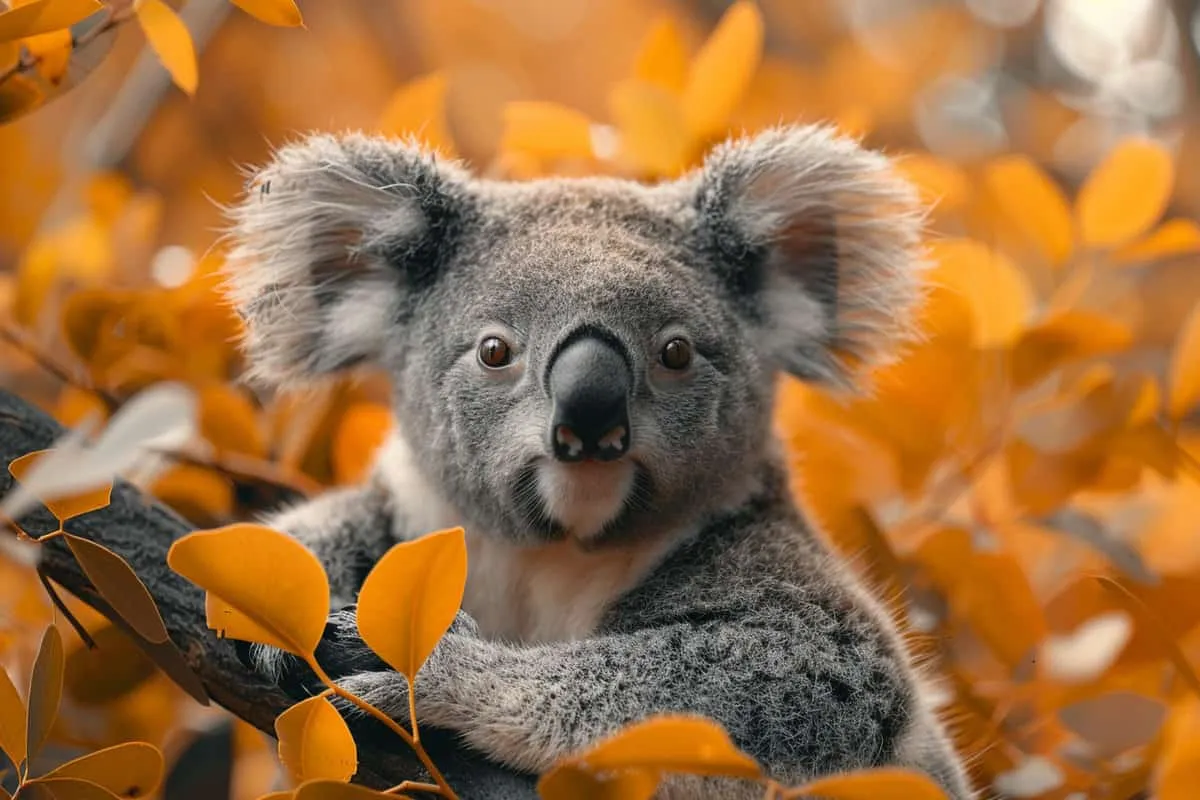
4. Eucalyptus leaves are their primary diet.
Koala bears, or scientifically known as Phascolarctos cinereus, have a very special diet. They eat about 500 grams of eucalyptus leaves every day. That’s almost as heavy as a big pineapple! But they don’t just munch on any leaf they see; koalas are picky eaters.
They have favorite types of eucalyptus trees. Out of over 600 species, koalas only snack on a few. Why? Because not all eucalyptus leaves taste the same or offer the same nutrients and hydration.
Yes, these leaves are like an all-in-one meal for them – providing both water and food.
Imagine if you could get your drink and dinner from the same plate; that’s what it’s like for koalas with eucalyptus leaves!
Not just any animal can digest these tough leaves, but koalas have a special part in their stomach that helps break down the hard-to-digest fibers.
This unique ability allows them to live high up in the trees where predators can’t easily reach them.
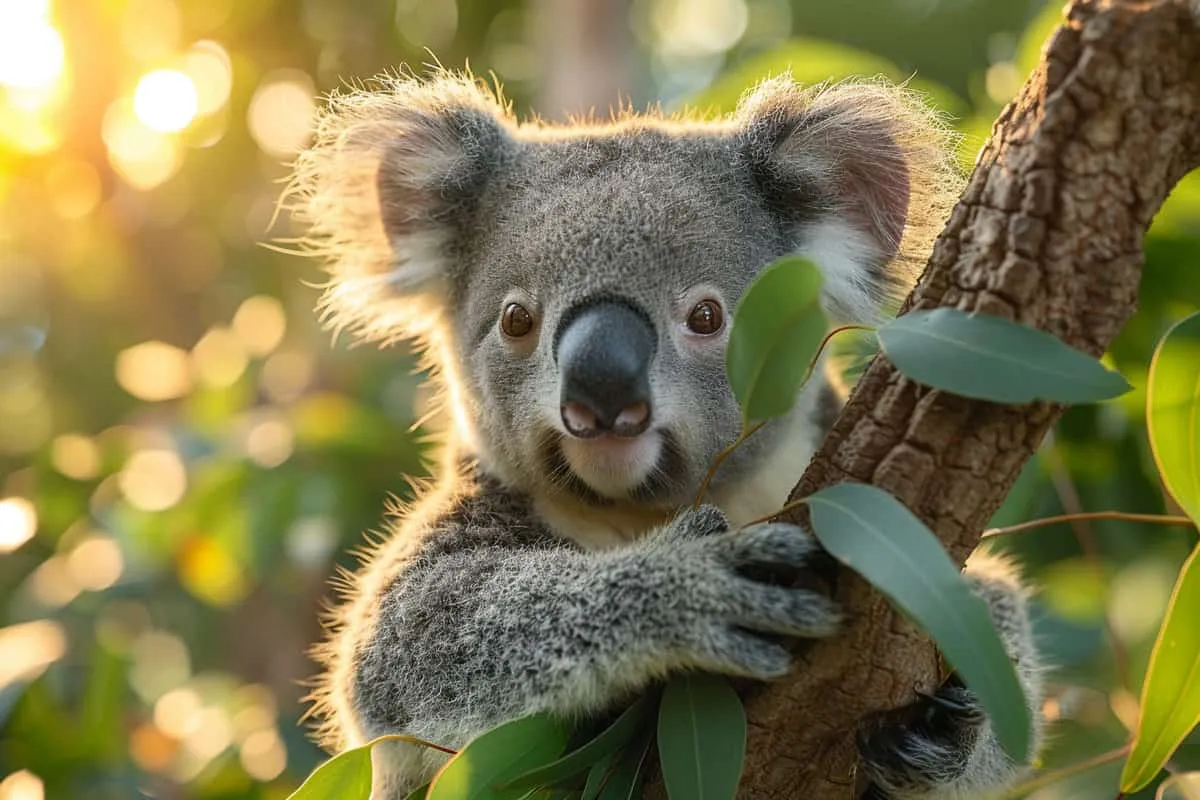
5. Koalas have a specialized cecum to digest eucalyptus leaves.
Koalas have a unique adaptation that allows them to thrive on a diet that would be toxic to most other animals. Their secret? A specialized cecum filled with bacteria capable of breaking down the tough and toxic compounds found in eucalyptus leaves.
This remarkable organ acts as a fermentation chamber, where the hard-to-digest cellulose in the leaves is broken down into nutrients that koalas can absorb.
Without this ability, the eucalyptus diet would not sustain them due to its low nutritional value and high toxicity.
What sets koalas apart even further is that among marsupials, they are uniquely adapted for such a diet. Other members of their family lack this sophisticated system and thus cannot rely on eucalyptus leaves as their primary food source.
The evolution of this specialized cecum highlights how koalas have perfectly adapted to their environment.
It’s an excellent example of nature’s ingenuity, ensuring these adorable creatures get enough nutrition from what seems like an unlikely source.
6. They are native to Australia and live in the eastern and southern regions.
Koala bears are fascinating creatures, primarily found in the coastal areas of Queensland, New South Wales, Victoria, and South Australia. These regions offer the perfect backdrop for their homes – eucalypt woodlands and forests. It’s within these leafy abodes that koalas spend most of their time.
The choice of habitat is no accident. Koalas have a very particular diet consisting almost exclusively of eucalyptus leaves.
Different types of eucalypt trees grow in different parts of Australia, which explains why koalas are more common in some areas than others.
Population density among koalas varies significantly depending on both the region and the quality of the habitat.
In places where lush eucalypt forests thrive, you’re more likely to spot these adorable marsupials lounging high up in the branches.
However, not all news is good news. Their numbers have been declining due to various factors including habitat destruction caused by urban expansion and bushfires.
This makes conservation efforts crucial for ensuring that future generations can also enjoy seeing these unique animals in their natural environment.
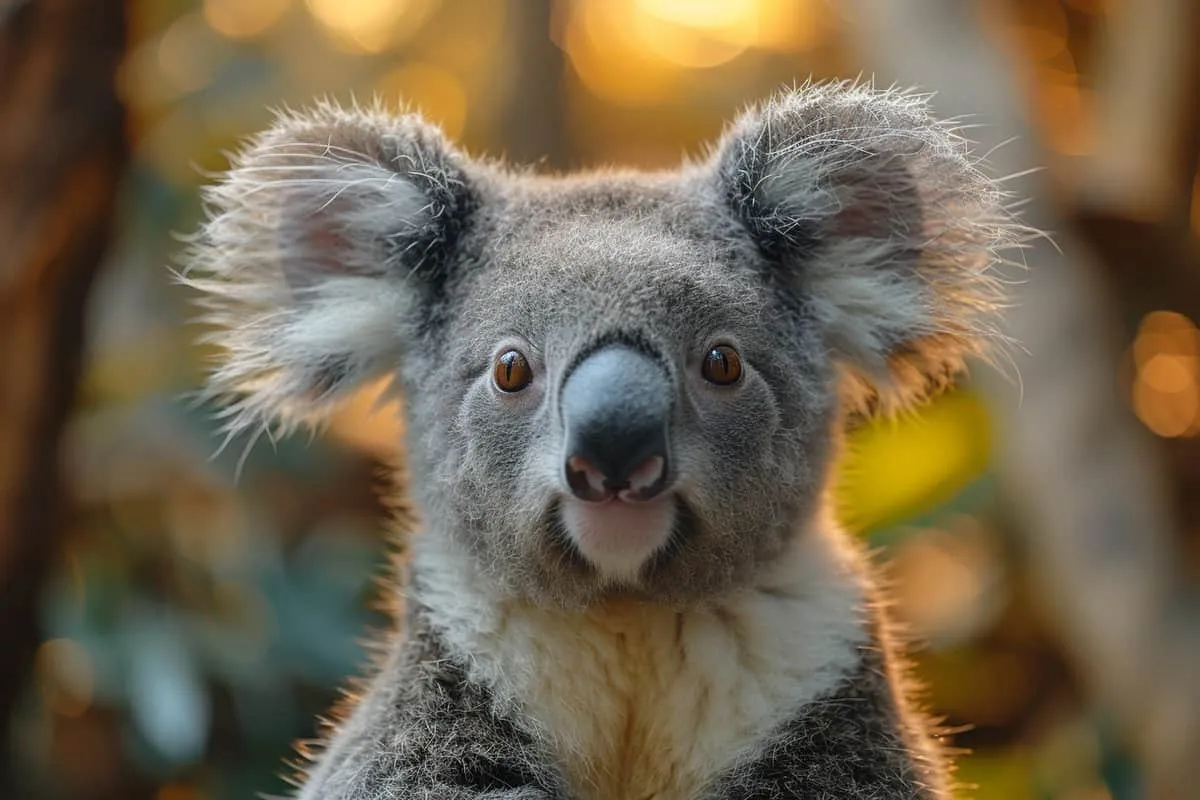
7. Koalas communicate using a range of vocalizations.
Koalas have a unique way of communicating that goes beyond what we might expect from such quiet creatures.
Males are known for their loud bellows, which serve dual purposes. They attract females looking for a mate and deter rival males with the sheer power of their voice.
These bellows can travel through dense forests, reaching far and wide to ensure their message is heard.
It’s an impressive feat when you consider how sound travels in such environments.
The ability to project their call so effectively ensures that male koalas maintain control over their territory and attract mates even from considerable distances.
On the other end of the spectrum, mother koalas use much softer calls when interacting with their joeys.
These gentle vocalizations help strengthen the bond between mother and child, ensuring that joeys feel safe and secure within their environment.
It’s a stark contrast to the powerful bellows used by males but equally important in the life cycle of these fascinating animals.
The range of vocalizations koalas use highlights not only their complex social structures but also how adapted they are to living in expansive Australian eucalypt forests where communication across distances is vital.
8. Baby koalas, called joeys, develop in their mother’s pouch for about six months.
Imagine being born the size of a jellybean, blind, and without ears. That’s the reality for baby koalas, known as joeys.
Right after their birth, these tiny creatures embark on an incredible journey. They must climb into their mother’s pouch all by themselves.
It sounds like something out of a fairy tale, but it’s just nature’s way for these bear-like marsupials.
Inside the safety of the pouch, joeys continue to develop their eyesight and hearing. This cozy spot serves as a nursery where they feed on milk and grow stronger every day. For about six months, this pouch is both home and classroom for them.
But even after they leave this snug haven behind, joeys aren’t quite ready to face the world alone.
They stay hitched to their mothers’ backs or cling onto her belly for up to a year more. During this time, they learn essential survival skills like finding food (which primarily consists of eucalyptus leaves) and navigating through the treetops.
This extended period with their mothers ensures that once they finally venture out on their own, they’re well-prepared to tackle life in Australia’s forests.
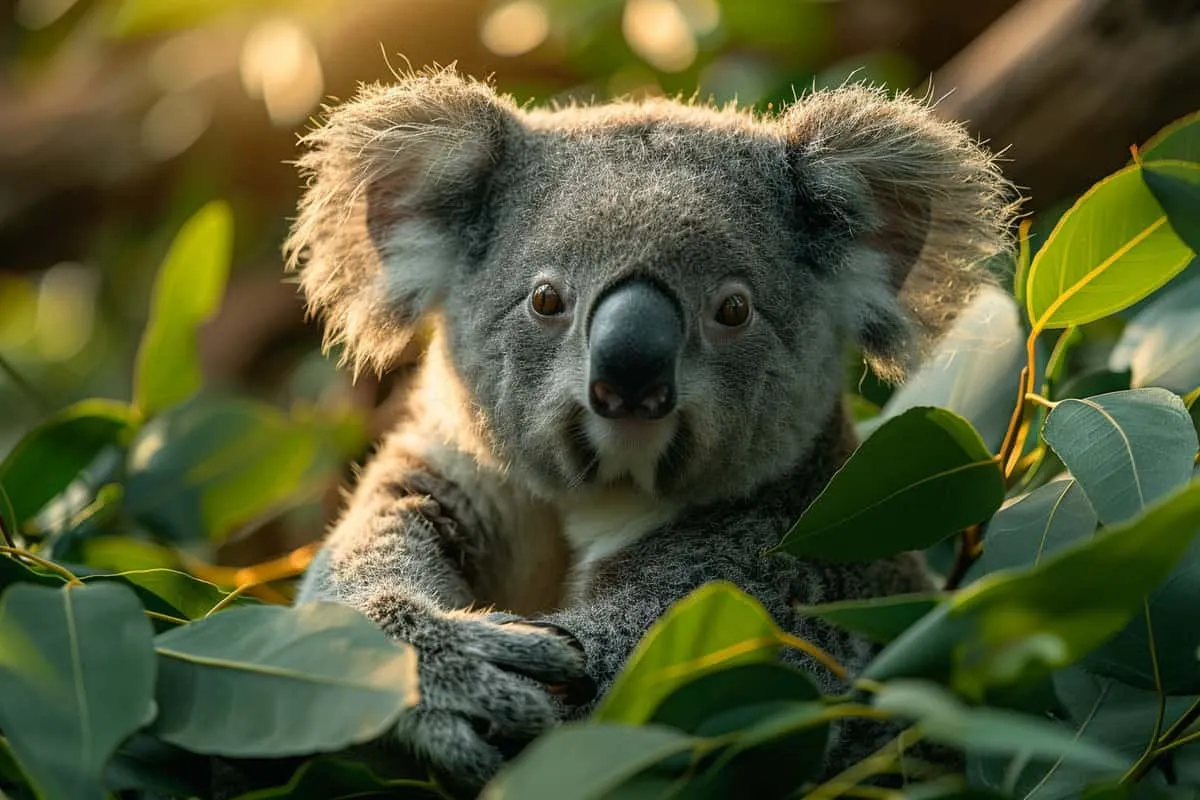
9. Koalas have a low reproductive rate.
Females usually give birth to one joey per year. This slow reproduction rate is crucial in understanding koalas’ vulnerability, especially as they face increasing threats from habitat destruction and climate change.
Each joey, a tiny, blind, and earless baby, spends about six months in its mother’s pouch growing and developing before it even begins to peek into the world.
High infant mortality rates further exacerbate their population challenges. Many joeys don’t survive their first year due to predation, disease, or malnutrition.
Those that do make it past infancy still face a harsh reality of survival amidst dwindling eucalyptus forests—koalas’ primary food source and home.
Reproductive challenges significantly contribute to the koala population’s vulnerability. With such a low birth rate combined with high infant mortality, every loss hits the population hard.
Conservation efforts are thus increasingly focusing on protecting habitats and ensuring safer environments for these marsupials to thrive and reproduce successfully.
10. Their populations are threatened by habitat destruction, disease, and climate change.
Koalas face a tough time because their homes are disappearing. Cities grow larger and forests get smaller. This means less food and fewer places for koalas to live safely.
Eucalypt forests, where they spend most of their time munching on leaves, are especially important but also particularly vulnerable.
Another big problem is sickness. A disease called Chlamydia hits koalas hard. It can make them blind or unable to have babies, which makes it really tough for the population to stay strong. Sadly, many koalas suffer from this illness without enough help to get better.
The weather isn’t helping either. Our planet is getting warmer and experiencing more extreme weather like heatwaves and storms.
These conditions make life even harder for koalas trying to survive in the wild.
But there’s hope if we act now! Efforts in protection and conservation can turn things around:
- Creating safe passages between forest areas helps koalas move freely in search of food.
- Medical research could find new ways to treat sick koalas.
- Fighting climate change protects their natural home from extreme weather events.
Frequently Asked Questions
Are koalas actually bears?
Nope, koalas aren’t bears at all. They’re marsupials, which means they carry their babies in a pouch.
How much do koalas sleep?
Koalas love their beauty sleep, snoozing for about 18-22 hours every day. Talk about living the dream!
Do koalas have fingerprints like us?
Yes! Koalas have unique fingerprints that are eerily similar to humans’. So next time you’re fingerprinted, hope there’s no koala crime spree!
What do koalas eat?
Their diet is pretty much eucalyptus leaves and only eucalyptus leaves. It’s like being on a never-ending leaf-only diet.
Why can koalas eat eucalyptus leaves without getting sick?
Koalas have a specialized cecum that helps them digest those tough eucalyptus leaves. Think of it as having an internal super-powered blender for leaves.
Where do koalas live in the wild?
They hang out in Australia’s eastern and southern regions, lounging in trees and looking adorable.
How do baby koalas grow up?
Baby koalas, or joeys, develop in their mom’s pouch for about six months before they start peeking out into the world.
Why are koala populations declining?
Habitat destruction, disease, and climate change are big threats to their survival. It’s a rough world out there for these cuddly creatures.

